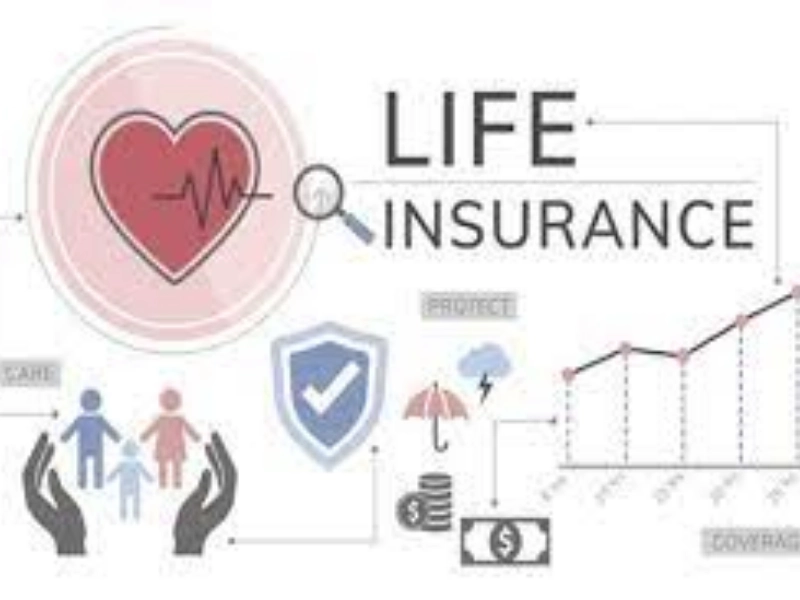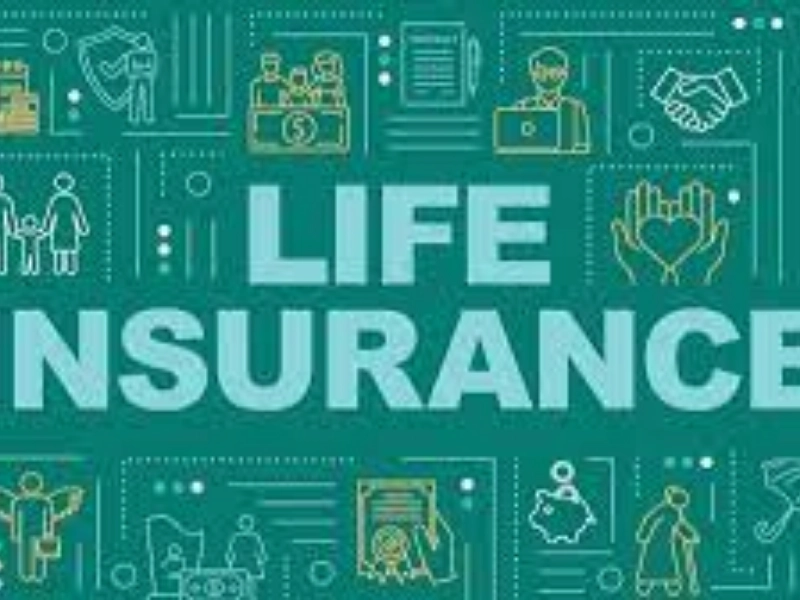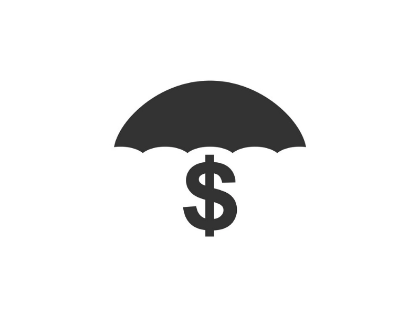Locating Low-Cost Auto Insurance for Teenage Drivers
It might be difficult for young drivers to find cheap auto insurance. However, as young drivers gain experience, rates usually decrease, and certain companies offer lower than average rates. Some of the least expensive options for adding a teenage driver to a policy are Erie, Country Financial, and USAA. Additionally, teens may be eligible for a variety of discounts from these three firms, including driver's education and good-student discounts.
1. Do some research.

2. Avail a multi-car rebate.
 Adding your teen to your family coverage instead of buying them a separate policy is frequently more cost-effective if they have their own vehicle. But just like when you were looking for your own auto insurance, be sure to shop around and compare prices.
Bundling your teen's insurance with other plans, like renters' or homeowners', is another method to reduce the cost of the coverage. For doing this, a lot of insurance companies, like Lemonade Car, give you discounts and sometimes even lower your deductibles for comprehensive and collision coverage.
Consider getting your teen an older, safe car without collision or comprehensive insurance if you do decide to purchase them a stand-alone policy. Compared to a more expensive model, this will usually be far less expensive to insure. Remember to also make use of safety-related features that can incentivize careful driving, such as an integrated driver score that tracks things like speeding, forceful braking, and daily mileage.
Adding your teen to your family coverage instead of buying them a separate policy is frequently more cost-effective if they have their own vehicle. But just like when you were looking for your own auto insurance, be sure to shop around and compare prices.
Bundling your teen's insurance with other plans, like renters' or homeowners', is another method to reduce the cost of the coverage. For doing this, a lot of insurance companies, like Lemonade Car, give you discounts and sometimes even lower your deductibles for comprehensive and collision coverage.
Consider getting your teen an older, safe car without collision or comprehensive insurance if you do decide to purchase them a stand-alone policy. Compared to a more expensive model, this will usually be far less expensive to insure. Remember to also make use of safety-related features that can incentivize careful driving, such as an integrated driver score that tracks things like speeding, forceful braking, and daily mileage.
3. Cancel collision insurance.
 Parents may want to consider forgoing collision coverage as the cost of auto insurance for young drivers rises. After an accident, this kind of insurance covers the driver's car repairs; however, the deductible is typically larger than for comprehensive coverage.
It's crucial to maintain comprehensive and collision coverage for drivers because many leases and loans include this requirement. In addition, several insurance companies provide "disappearing deductibles," which reduce your collision deductible by a predetermined amount for each year that you avoid an incident or filing a claim.
Generally speaking, dropping collision coverage may be a good idea if the current value of your car is nearly equal to the premium of your insurance policy. Before making a choice, it's wise to check the current worth of your car using resources like Kelley Blue Book. To further reduce your premiums, think about raising your deductibles. By raising your deductible from $200 to $500 or even $1,000, you can save 15 to 30 percent on collision and comprehensive insurance.
Parents may want to consider forgoing collision coverage as the cost of auto insurance for young drivers rises. After an accident, this kind of insurance covers the driver's car repairs; however, the deductible is typically larger than for comprehensive coverage.
It's crucial to maintain comprehensive and collision coverage for drivers because many leases and loans include this requirement. In addition, several insurance companies provide "disappearing deductibles," which reduce your collision deductible by a predetermined amount for each year that you avoid an incident or filing a claim.
Generally speaking, dropping collision coverage may be a good idea if the current value of your car is nearly equal to the premium of your insurance policy. Before making a choice, it's wise to check the current worth of your car using resources like Kelley Blue Book. To further reduce your premiums, think about raising your deductibles. By raising your deductible from $200 to $500 or even $1,000, you can save 15 to 30 percent on collision and comprehensive insurance.
4. Purchase supplementary liability coverage.
 Teen drivers can try to save money by searching around and, if their vehicle is older and worth less than a few thousand dollars, deleting collision coverage, which covers damage from accidents you cause. They can also lower the amount they pay in the event of a claim by raising their deductible.
Adding oneself to a parent's policy is an additional choice. Teen drivers can often receive discounts from insurance companies, which can lower the cost of adding them to a family policy. These can include passing grades, taking driver's education classes, and using telematics to monitor safe driving practices.
Compared to other age groups, young, inexperienced drivers typically file more auto claims, which dramatically raises premiums. But if you put in a little time and effort, you may discover adolescent driver insurance that is both reasonable and will provide you with peace of mind. Just make sure the business you select has a good track record of managing claims.
Teen drivers can try to save money by searching around and, if their vehicle is older and worth less than a few thousand dollars, deleting collision coverage, which covers damage from accidents you cause. They can also lower the amount they pay in the event of a claim by raising their deductible.
Adding oneself to a parent's policy is an additional choice. Teen drivers can often receive discounts from insurance companies, which can lower the cost of adding them to a family policy. These can include passing grades, taking driver's education classes, and using telematics to monitor safe driving practices.
Compared to other age groups, young, inexperienced drivers typically file more auto claims, which dramatically raises premiums. But if you put in a little time and effort, you may discover adolescent driver insurance that is both reasonable and will provide you with peace of mind. Just make sure the business you select has a good track record of managing claims.







